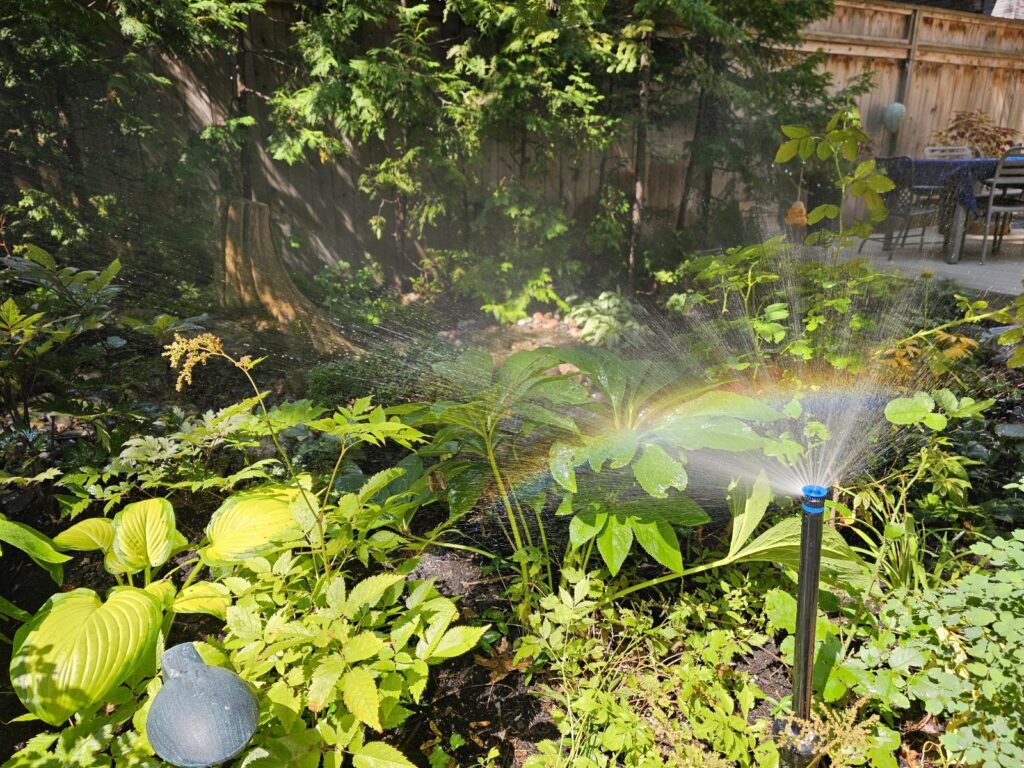

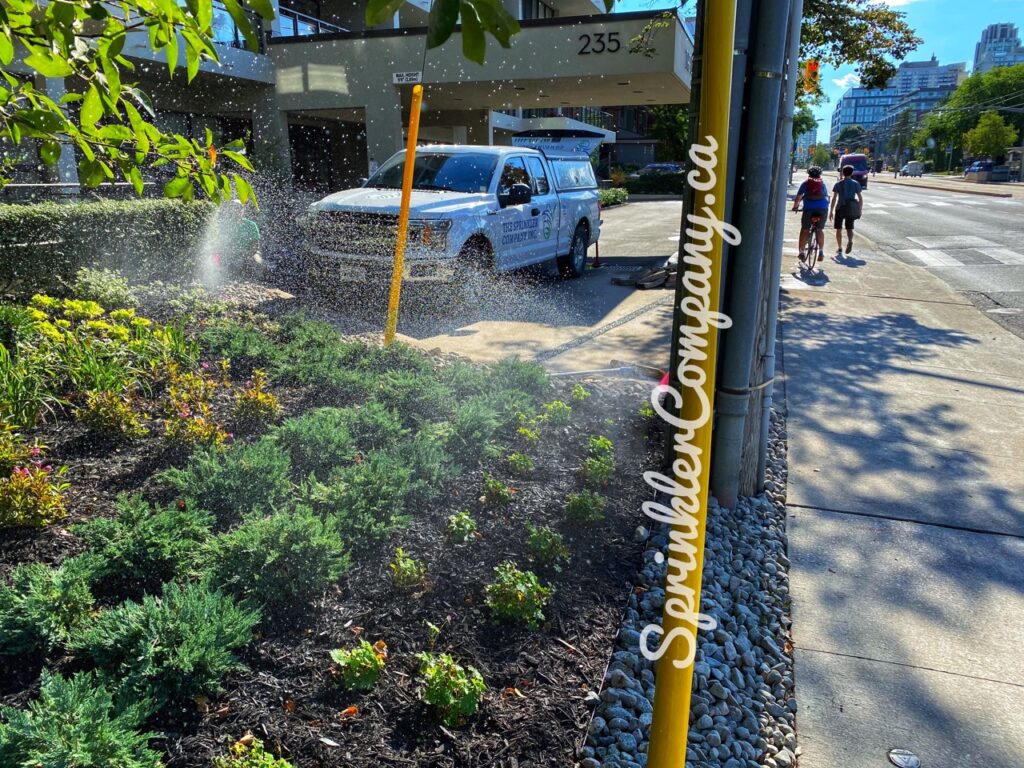
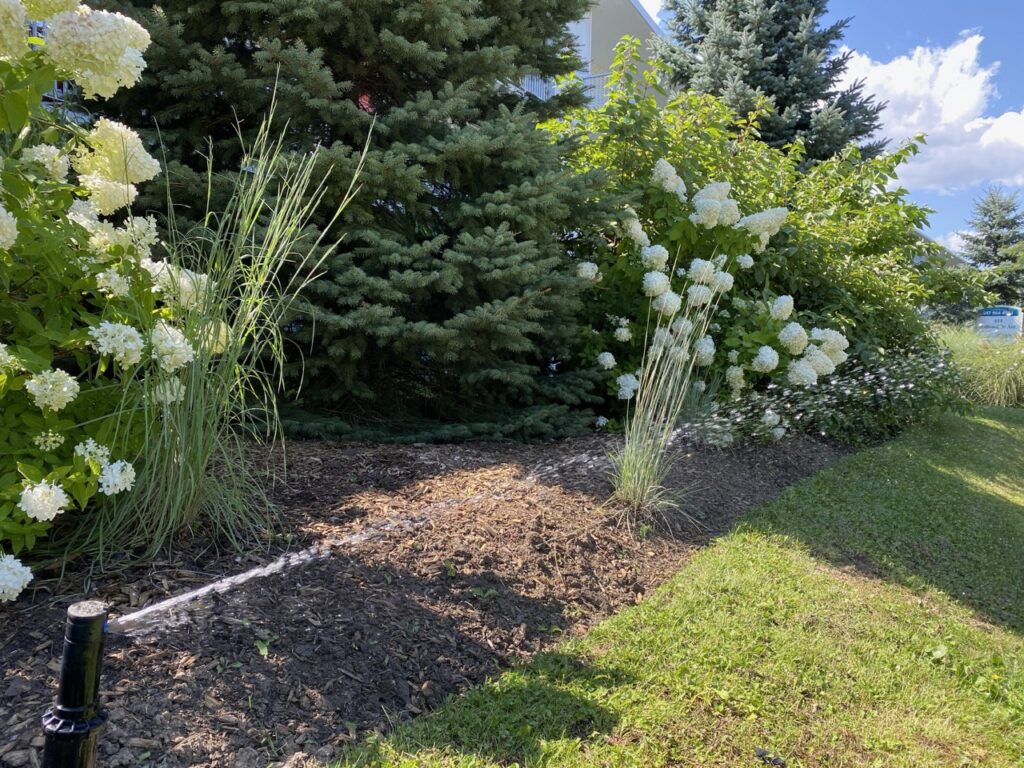
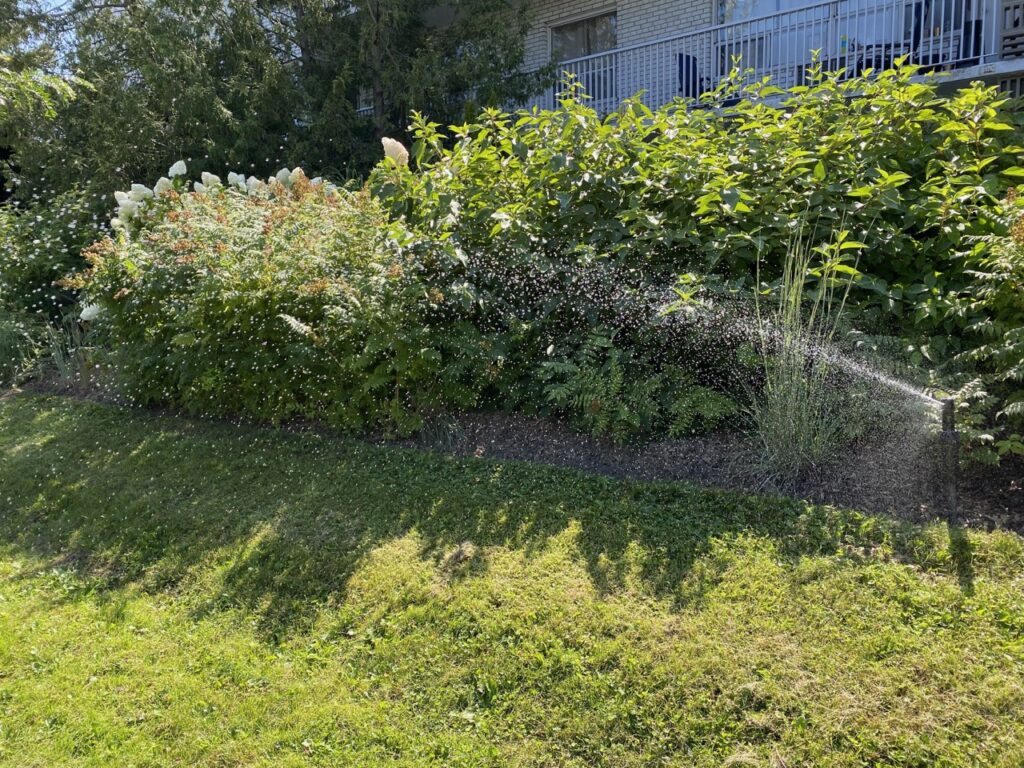
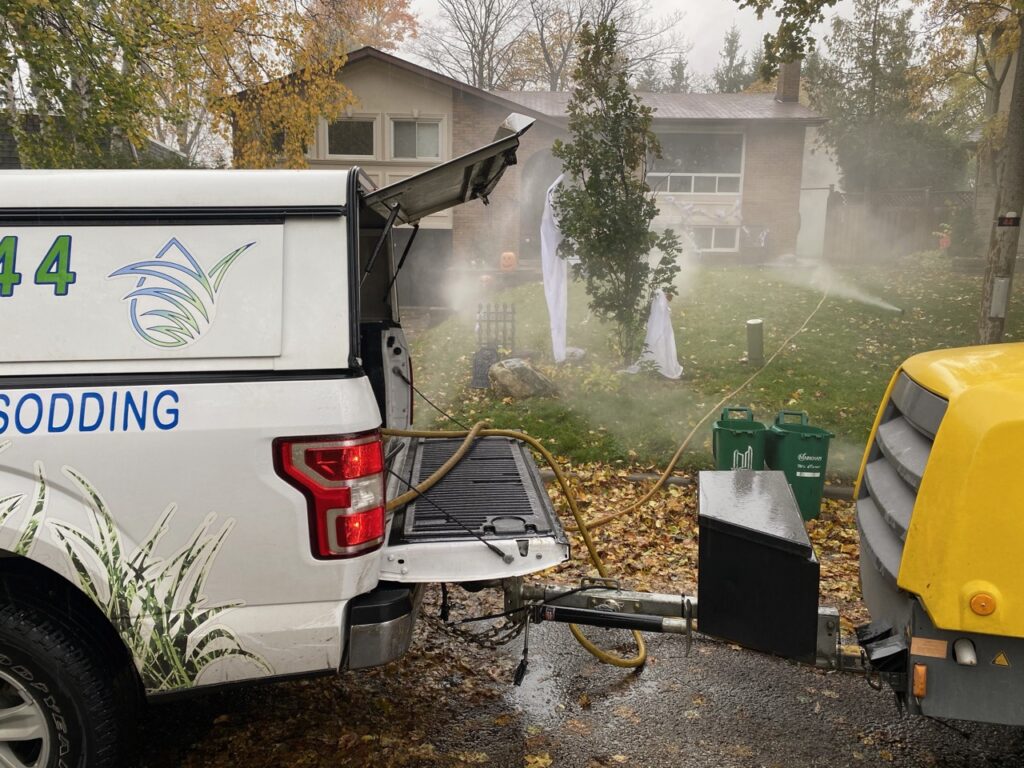

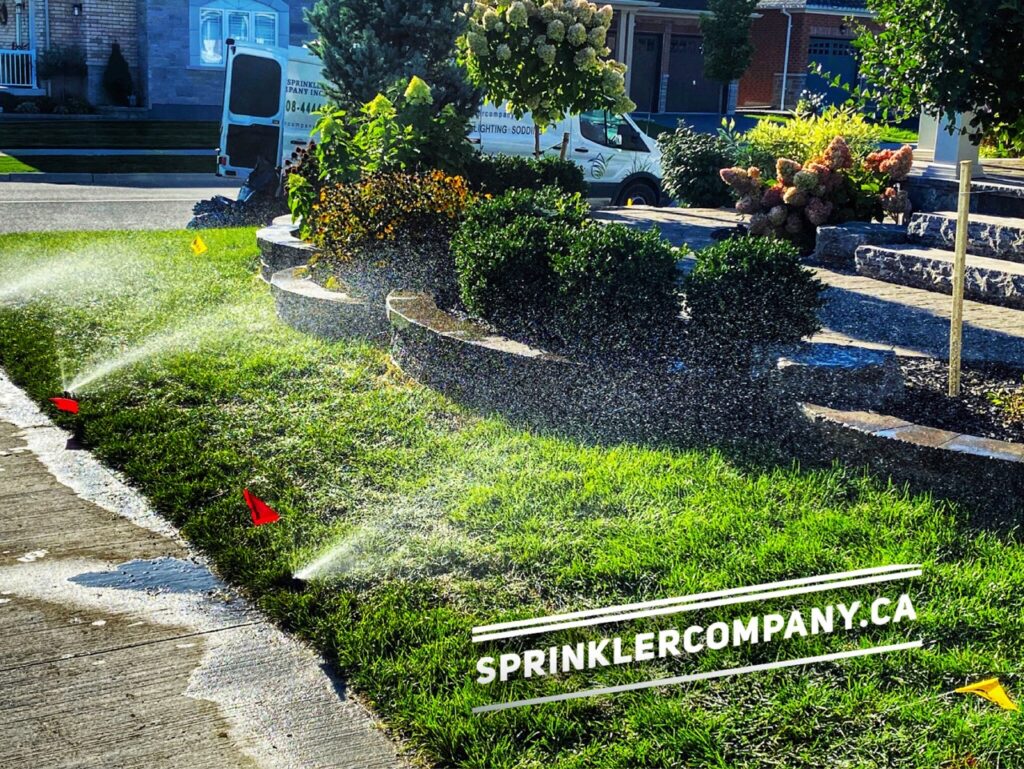

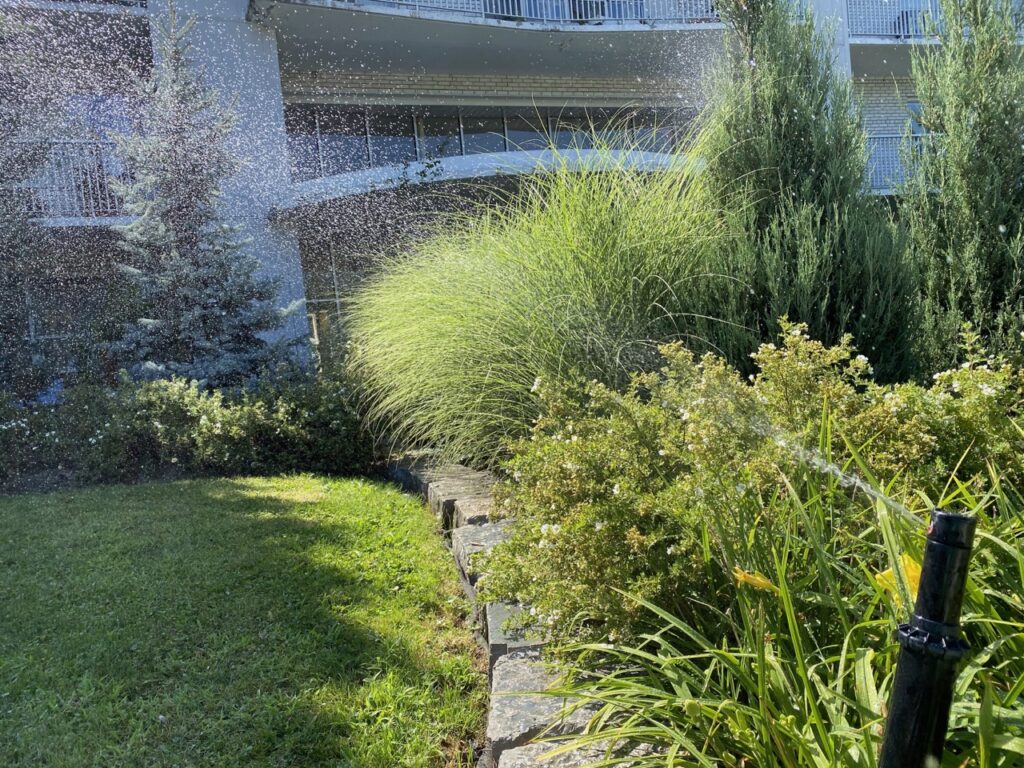
Understanding Winter Garden Irrigation Needs
During the winter season, plant watering needs undergo a significant transformation. As temperatures drop, most plants enter a state of dormancy or reduced growth. This reduced metabolic activity leads to decreased water uptake and transpiration rates. Consequently, the demand for moisture diminishes. In colder months, the soil retains moisture better due to reduced evaporation, further decreasing the necessity for frequent watering. However, it’s crucial to monitor soil moisture levels diligently, as overwatering can lead to root rot, particularly when combined with lower temperatures. In summary, winter plant watering requirements decrease significantly due to reduced plant activity and environmental factors, emphasizing the importance of adjusting watering practices accordingly.
Monitoring Soil Moisture
Monitoring soil moisture is a crucial aspect of effective winter garden irrigation. It involves keeping a close eye on the moisture content of the soil to ensure that plants receive just the right amount of water. Various methods can be employed, including using moisture meters, manually testing the soil’s moisture level, or even observing plant health and soil appearance. This practice helps prevent both overwatering and underwatering, which can be detrimental to plants, particularly during the dormant winter months. By monitoring soil moisture, gardeners can make informed decisions about when and how much to water, promoting healthier plants and efficient water usage in their winter gardens.
Reduced Frequency of Winter garden Irrigation
Reducing the frequency of watering in winter is a critical aspect of winter garden care. During this season, plants typically enter a state of dormancy or slower growth due to lower temperatures and reduced daylight hours. As a result, their water requirements significantly decrease. Here’s why reducing watering frequency is essential:
Most plants go dormant in winter, meaning they conserve energy and water by slowing down their metabolic processes. Consequently, they lose less water through transpiration, the process of water vapor escaping from their leaves. This reduced water loss means they need less frequent irrigation.
Overwatering in winter can be particularly harmful as the cold and damp conditions can promote root rot and other fungal diseases. By watering less often, you reduce the risk of excess moisture in the soil.
Watering less frequently encourages plant roots to grow deeper into the soil in search of moisture. This promotes healthier, more resilient root systems.
Cold weather reduces evaporation rates, allowing the soil to retain moisture for longer periods. This natural soil moisture retention ability further reduces the need for frequent watering.
Timing Matters - Winter Garden Irrigation

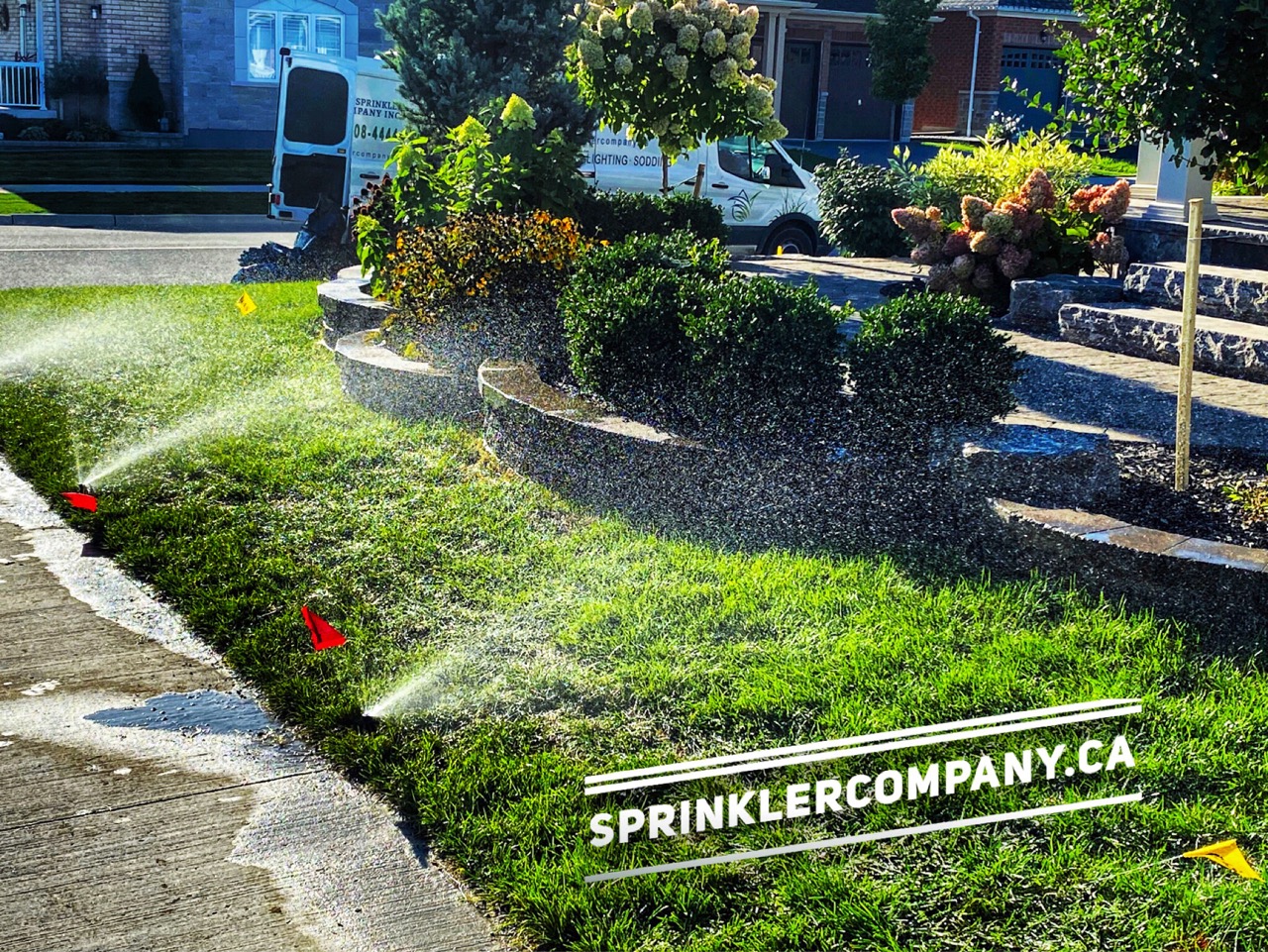
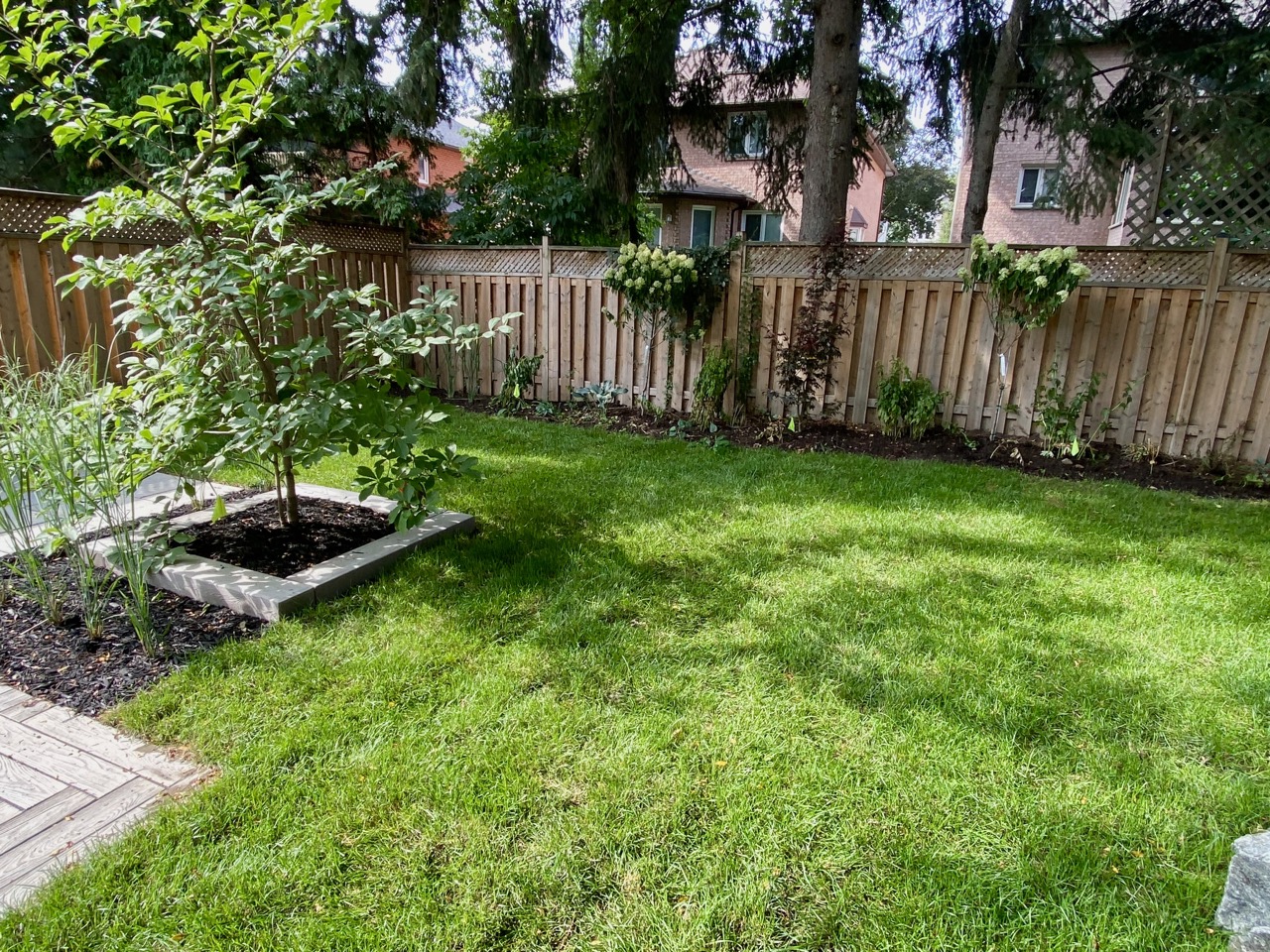
Selecting the right time for winter watering, particularly in the morning, is crucial for gardeners. Morning watering ensures that plants have ample time to absorb moisture while temperatures are relatively mild. This prevents the potential harm caused by freezing temperatures at night. When watered in the morning, plants can utilize the moisture efficiently before the evening chill sets in, reducing the risk of freezing damage to leaves and roots. Additionally, morning watering allows plant foliage to dry out during daylight hours, reducing the likelihood of fungal diseases that thrive in damp conditions. Overall, timing your winter watering for the morning promotes healthier and more resilient plants during the colder months.
